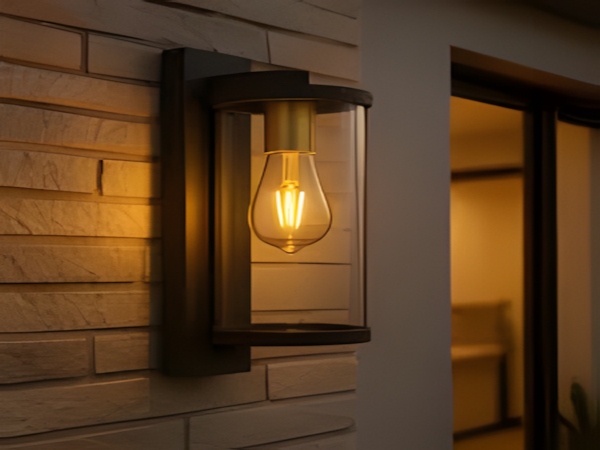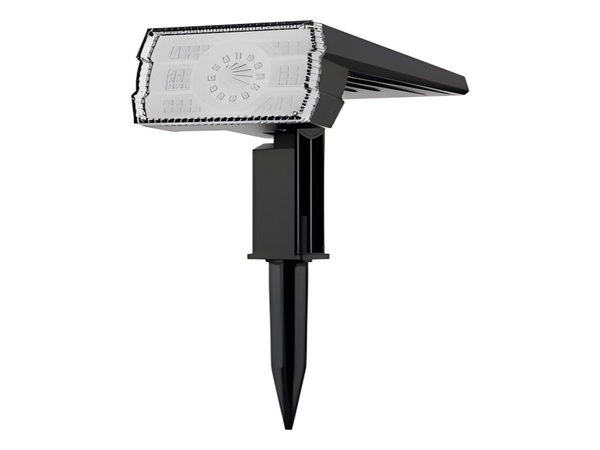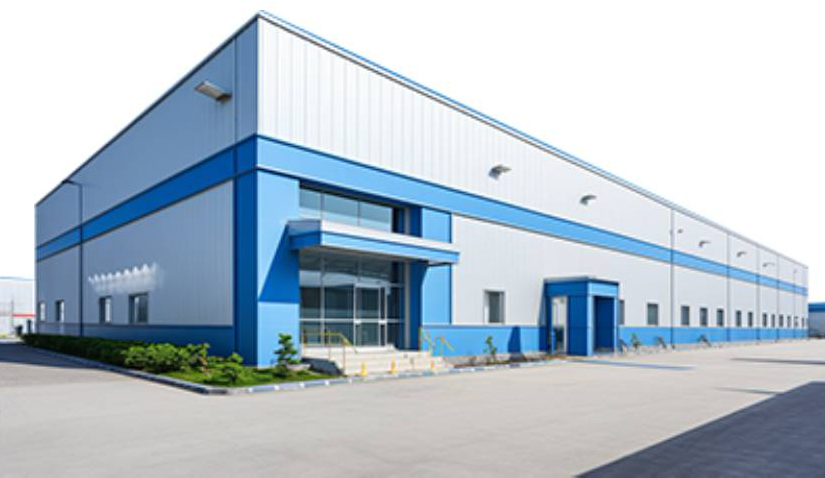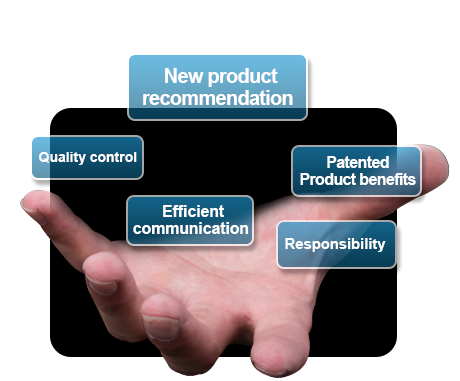
Solar street lights, as a new form of green and environmentally friendly energy, have become a trend in recent years. They make full use of solar energy resources to provide electricity, which has positive significance for alleviating power shortages. Solar street lights use solar power for operation, and although a small portion of electricity costs may occur when converting to grid power during cloudy or rainy days, the overall operation costs are nearly zero. The entire system is automatically controlled without human intervention. However, the size, height, and materials of the solar street light poles vary depending on different road conditions and environments. So, how do we choose solar street light poles? Here is an introduction from the editorial team at Century Sunshine Lighting.
1. Choose Wall Thickness
The wind resistance and load-bearing capacity of solar street light poles are directly related to their wall thickness, so it is necessary to determine the wall thickness based on the usage scenario of the streetlights. For example, streetlights around 2-4 meters require a minimum wall thickness of 2.5 cm; those around 4-9 meters should have a wall thickness of 4-4.5 cm; and streetlights that are 8-15 meters high need a minimum wall thickness of 6 cm. In areas with frequent strong winds, the wall thickness values should be larger.
2. Choose Material
The material of the pole directly affects the lifespan of the streetlight, so careful selection is necessary. Common materials for streetlight poles include those made from Q235 steel, stainless steel, and concrete:

(1) Q235 Steel
Poles made from Q235 steel can enhance corrosion resistance by undergoing hot-dip galvanization on their surface. There is another treatment option known as cold galvanization, but hot-dip galvanization is recommended.
(2) Stainless Steel Poles
There are also solar street light poles made of stainless steel and those treated with anodizing. Both materials exhibit excellent corrosion resistance, though their prices may not be as friendly compared to steel poles. The choice should be made based on your specific budget.
(3) Concrete Poles
Concrete poles are a more traditional type of pole, known for their long lifespan and high strength. However, they are relatively heavy and difficult to transport, so they are typically remnants of traditional electric poles or streetlights. Their current usage is quite limited.
3. Choose Height
(1) Select Based on Road Width
The height of the pole determines the illumination of the streetlight, so careful consideration is required. The height of the pole should primarily be based on the width of the road: typically, the height of single-sided streetlights should be greater than or equal to the width of the road, while the height of double-sided symmetric streetlights should equal the road width. For double-sided zigzag streetlights, the height should be approximately 70% of the road width, ensuring optimal lighting effects.
(2) Select Based on Traffic Flow
When choosing the height of the pole, traffic flow on the road should also be considered. If the road sees a lot of large trucks, taller poles should be selected. Conversely, if there are more small cars, shorter poles may suffice. However, the height should still adhere to standard specifications.
This concludes our sharing on the selection methods for solar street light poles. We hope this article is helpful. If you have any questions, feel free to leave a message, and we will respond as soon as possible.

